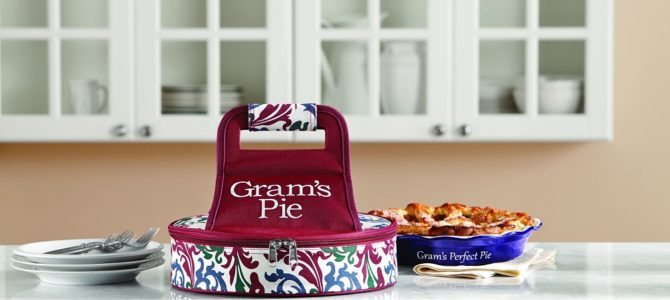
If you’re shopping for a home cook — and everyone is a home cook this year — here are my top suggestions for quality, classic kitchen gear.
Sous Vide, $129-$159
Nothing has changed the way I prepare food, or my enjoyment of being in the kitchen, more than sous vide: precision cooking via immersion. Say goodbye to overcooked steaks. Say hello to cooking that needs no minding.
There are many options, but for giving this year, I would consider one of the two leading manufacturers, Joule or Anova. I have both and while I love the clean aesthetics of the Joule, I find the Anova more user-friendly.
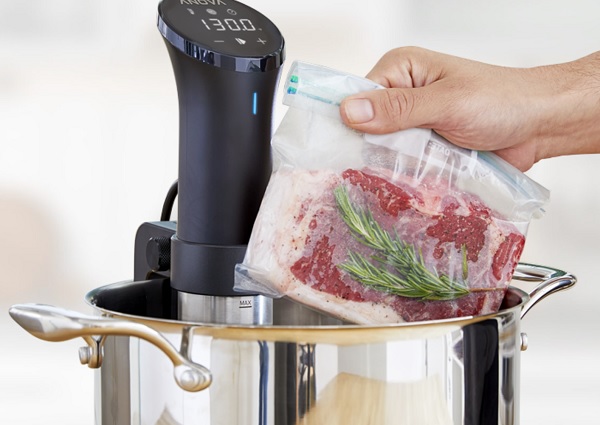
By the way, all home sous vide can be done with Ziploc bags. You do not need a vacuum sealer.
Instant Pot, $79
I was pleased to hear Milk Street’s Christopher Kimball tell Ben Domenech in a recent episode of Federalist TV that he loves his Instant Pot. Kimball is notoriously anti-kitchen gadget, but has found, as I have, the Instant Pot to be an indispensable tool in the modern kitchen.
Essentially, it’s a programmable pressure cooker. Like sous vide, it does not need minding. Its greatest strength is speed. For example, it makes perfect rice in three minutes. Yes, really. It’s great for stews, roasts, chili, and almost anything that calls for cooking more than one food at a time.
Induction Cooktop, $70-$120
If the trend is precision cooking, this handy appliance nicely fills that role. On those few occasions throughout the year, notably Thanksgiving and Christmas, where stovetop real estate becomes scarce, being able to deploy an extra burner can be a lifesaver.
Induction cooktops work by using magnets to make your cookware itself a heating element. Yeah, it’s kind of magical. That is, if your cookware is induction-friendly. Your copper, aluminum, and enameled iron (Le Creuset) aren’t. Your cast iron and carbon steel are. Your stainless steel may be.
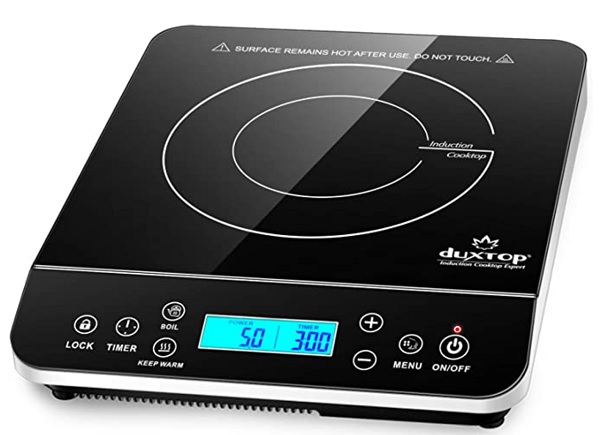
Attaching a refrigerator magnet will quickly tell you if your pot will work. If the magnet sticks, it will. The most practical use is boiling water. But you might be surprised how often that chore is necessary in a busy kitchen. Induction cooking is fast and precise.
Copper Cookware, $200-$2,000
Nothing warms up a kitchen like copper. It gleams. It exudes warmth and character. It reminds you of Mrs. Patmore preparing a special dinner at the Crowleys’s.
Copper is also simply the best cooking material you can buy. Its thermal properties, heating up quickly and evenly, are unmatched by any other popular substance used to make pots and pans.
However, it has one big drawback. It requires laborious cleanup and maintenance. I own a lot of copper. I collect it. But it is for show. I do not cook with it. It does not go in the dishwasher (God forbid). It tarnishes and there is no magic way to polish it. It’s great for a decorative gift, but not practical for everyday cooking.
Note: if you are attracted to copper’s thermal qualities but want to avoid the hassle, several manufacturers offer cookware made with copper clad in other metal.
Carbon Steel Cookware, $165-$200
Carbon steel has been trending in American kitchens for some time, and I am a big fan. As a cookware metal, it has all the advantages of cast iron, including superior thermal properties, but is much less heavy. That means you can have larger, even paella-sized skillets, and still be able to lift them.
Like iron, it seasons. That means while you can never put it in the dishwasher, cleanup is usually no more effort than a quick swipe at the kitchen sink. It’s perfect for searing steaks and other meats. For giving, I recommend a set of small, medium, and large skillets. Find several options here.
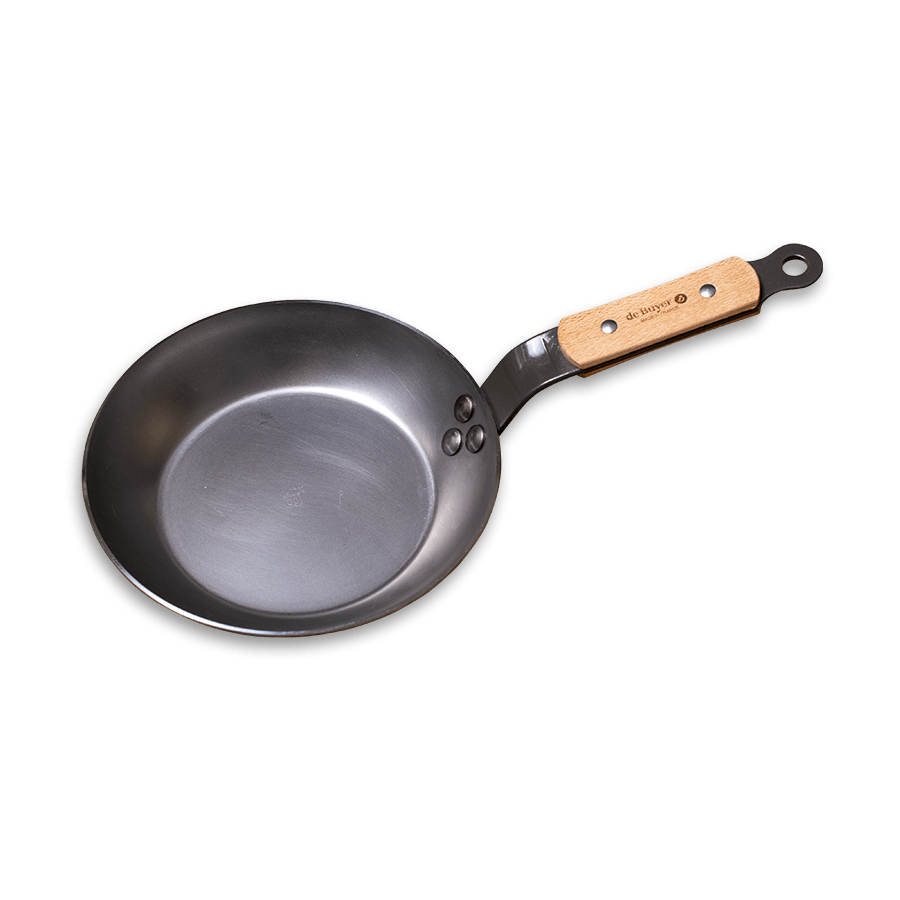
Wustof Chef’s Classic Knives, $160
When chefs are asked for their most indispensable kitchen tool, they almost always say a good chef’s knife. The most popular size is the eight-inch blade. This tool will handle perhaps 80 percent of the knife work needed in a typical kitchen.
I cook a lot, and use three knives: A chef’s knife, a bread knife (which has many uses other than bread), and occasionally a carving knife. Avoid the knife sets in blocks. I know they are tempting, but you will buy a lot of knives you will rarely use. Instead, invest more deeply in the knives you do use, especially your chef’s knife.
Where to start? I prefer European knives (Wustof, Henkles, and Sabatier). There is no best. Each of these companies makes a range of knives varying in price and quality. I rely on the Wustof Chef’s Classic. But the main thing is to find the knife that feels comfortable in your hand.
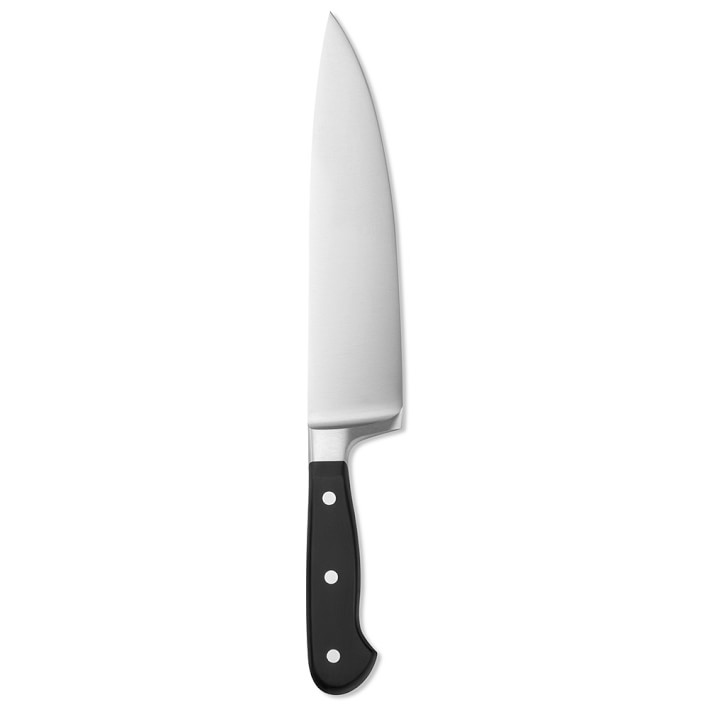
Here is a personal consideration. I want to invest enough in a knife that it will do the job I need it to do, but not so much that I won’t put it in the dishwasher. Most manufacturers will tell you not to put their knives in the dishwasher. Too bad. My price for this convenience is to constantly sharpen my knives.
Some cooks favor Japanese knives. I have some and like them. The Japanese favor a lighter knife, with a narrower blade than European knives. They depend on the slice more than the heft. Japanese knives are made with a different “bevel” in the knife edge. Many argue they are “sharper” than European knives. Maybe.
I think the knife style you choose should be based on personal preference. Note that Japanese knives cannot be sharpened on most knife sharpeners available here. And they must never go in the dishwasher.
Olive Oil Carafe, $25
This unpretentious little item is probably my favorite recommendation. It’s inexpensive, stylish, and remarkably practical. The more you cook, the more you will use olive oil. But where to keep it?
This little decanter is the perfect option. It has a pour spout, which you can remove to reveal a built-in funnel so you can add more oil without making a mess. It works well in the kitchen, and looks good on the table. And odds are your intended recipient does not have one.
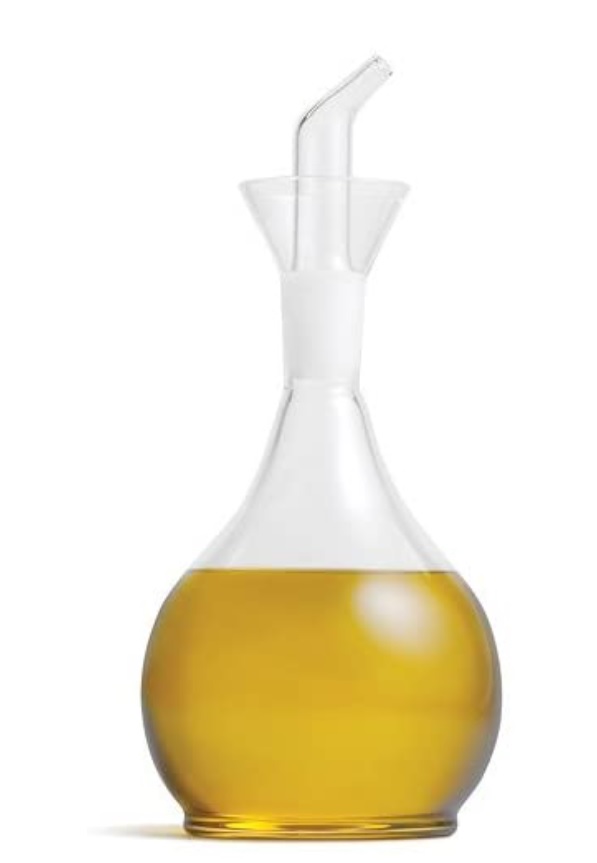
KitchenAid Stand Mixer and Attachments, $600-plus
Nothing adds authority to a kitchen like a KitchenAid stand mixer. If I see one in a friend’s kitchen, my first thought is, Serious cook. They are powerful and indestructible.
I remember a kitchen scene in a 1930s movie. There, on the counter, was a KitchenAid mixer, looking nearly identical to today’s models. They are pricey for sure, but a lifetime investment.
In addition, there are a number of practically priced gifts for those who already have the KitchenAid. I recently added a pasta roller attachment to mine and am loving it. (However, I do not recommend the KitchenAid pasta extruder attachment.) Other options include a juicer and meat grinder. One of my favorites is an attachable sifter that also weighs your flour (serious cooks weigh flour instead of relying on volume measures).
Knife Sharpener, $160
Do not buy knives you cannot sharpen, such as those sold in grocery stores. The most common problem I detect when in a friend’s kitchen is dull knives. Keeping your knives sharp is essential, and this machine is the highest-rated I can find. I mentioned above that most U.S.-sold knife sharpeners cannot handle the different bevels on Japanese knives. This remarkably easy to use machine can.

Kitchen Gifts to Avoid
Finally, here are some items to stay away from for kitchen giving: Blade coffee grinders, knives that cannot be sharpened, knife sets in blocks, any cookware with Teflon coating (even the prestige brands delaminate over time), stovetop cookware with ridges claiming to put grill marks on steaks (these don’t work), garlic presses (too much garlic gets stuck inside), and nearly all the gizmos advertised on Facebook.
Here’s hoping Santa puts something nice for the kitchen under your tree this year. Eat well; stay well.









